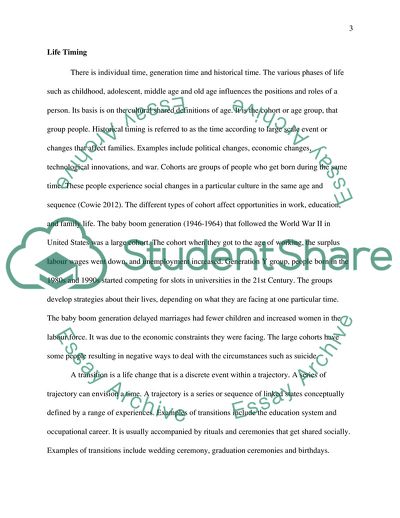Cite this document
(The Life Course from a Range of Different Theoretical Concepts Essay Example | Topics and Well Written Essays - 2000 words, n.d.)
The Life Course from a Range of Different Theoretical Concepts Essay Example | Topics and Well Written Essays - 2000 words. https://studentshare.org/education/1863581-learning-through-the-life-course
The Life Course from a Range of Different Theoretical Concepts Essay Example | Topics and Well Written Essays - 2000 words. https://studentshare.org/education/1863581-learning-through-the-life-course
(The Life Course from a Range of Different Theoretical Concepts Essay Example | Topics and Well Written Essays - 2000 Words)
The Life Course from a Range of Different Theoretical Concepts Essay Example | Topics and Well Written Essays - 2000 Words. https://studentshare.org/education/1863581-learning-through-the-life-course.
The Life Course from a Range of Different Theoretical Concepts Essay Example | Topics and Well Written Essays - 2000 Words. https://studentshare.org/education/1863581-learning-through-the-life-course.
“The Life Course from a Range of Different Theoretical Concepts Essay Example | Topics and Well Written Essays - 2000 Words”. https://studentshare.org/education/1863581-learning-through-the-life-course.


